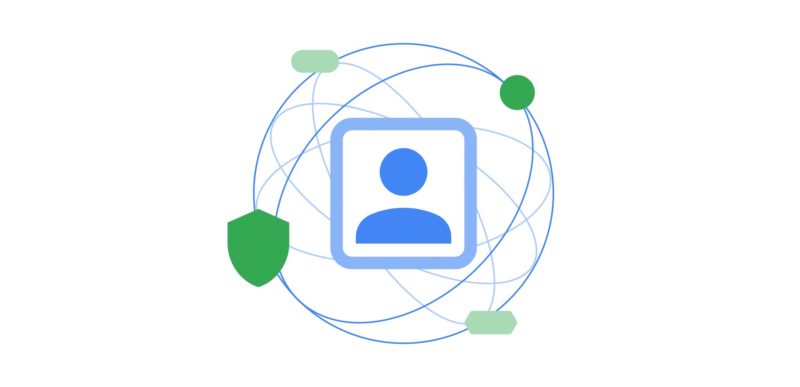Testing expanded for Google’s Privacy Sandbox
Google today said it was expanding the testing windows for its Privacy Sandbox APIs ahead of disabling third-party cookies in Chrome.
Through the Privacy Sandbox, companies and developers can build thriving digital businesses while protecting people’s privacy online. It helps to keep online content and services free while reducing cross-site and cross-app tracking.


